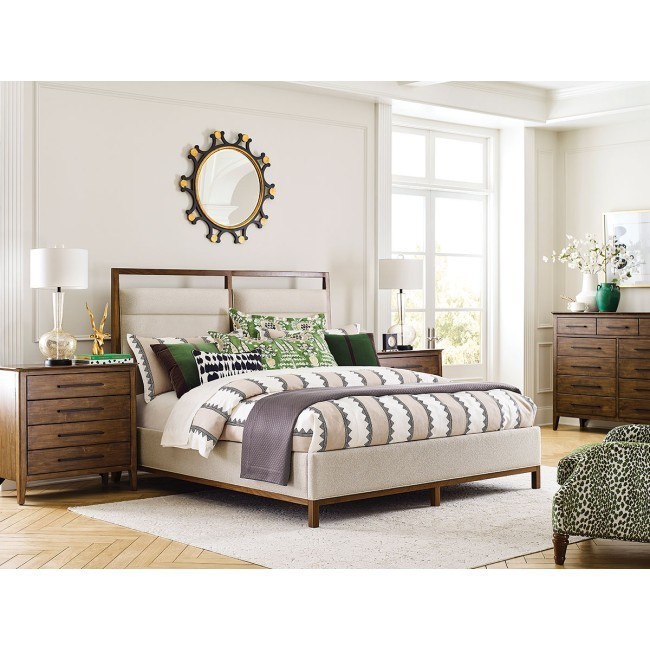All Categories
Featured

When developing a home, the style of furnishings you choose plays a significant duty in establishing the total tone and atmosphere of a space. Two famous designs that home owners commonly dispute between are typical and contemporary.
- Style and Framework. Contemporary Furniture: Contemporary furnishings is characterized by smooth, minimalist designs that highlight simpleness and clean lines. This style integrates modern patterns and is frequently progressing, allowing it to adjust to brand-new styles and influences. The designs typically include geometric forms, sharp angles, and smooth finishes, with an emphasis on capability. Contemporary furnishings has a tendency to be light and airy, preferring open areas, and usually prevents excessive decoration. Parts in this design have actually an improved, underrated sophistication that fits well in modern-day homes.
Standard Furnishings: Conventional furnishings, by contrast, draws inspiration from historic designs such as Colonial, Victorian, or French Provincial. Unlike the sleekness of contemporary items, traditional furnishings celebrates craftsmanship, commonly showcasing magnificently thorough woodwork and glamorous furniture.
- Products and Finishes. Contemporary Furniture: Contemporary furnishings is used a range of materials, including metals, glass, acrylic, and wood. The surfaces are generally much more subtle, concentrating on matte or shiny surface areas. The materials used are commonly lighter and less intricate than those found in traditional furnishings, yet they are created to emphasize tidy lines and open spaces. Sometimes, contemporary furniture functions blended products, such as wood combined with steel or glass, to produce a fashionable and well balanced look.
Typical Furniture: Traditional furniture is understood for its use high-quality, solid materials, especially hardwoods like oak, mahogany, cherry, and walnut. The construction of typical furniture items is commonly a lot more hefty and robust, developed to last for generations. Finishes often tend to be polished, with abundant, dark tones that emphasize the natural charm of the timber. Leather and luxurious textiles, like velour or silk, are typically used for furniture, including a feeling of opulence and convenience to typical styles.
- Shade Combination. Contemporary Furnishings: The shade combination in contemporary furnishings is typically extra subdued and neutral. While these neutral tones are the key structure, modern furniture often integrates vibrant accent shades to bring in personality and vibrancy.
Standard Furnishings: Typical furnishings, on the various other hand, includes richer, much deeper shades. Shades like burgundy, navy, woodland green, and gold are generally used to produce a warm, welcoming environment. Typical furniture likewise has a tendency to consist of much more complicated patterns and appearances, such as flower themes, damask, and red stripes. Using these patterns, combined with the deep, cozy colors, includes a feeling of convenience, sophistication, and a more official tone to the area.
- Comfort and Functionality. Contemporary Furniture: Comfort and performance are key elements of modern furnishings. Numerous contemporary furnishings designs are modular, permitting for flexibility and flexibility in different area dimensions and formats.
Traditional Furnishings: While comfort is certainly a consideration in traditional furnishings, it takes a rear seat to the style and beauty of the style. Conventional furniture is commonly extra considerable and might appear much heavier, with deep pillows and deluxe upholstery. The focus in conventional layouts gets on giving a comfortable, relaxing ambience, but performance is typically not as prioritized as in contemporary designs. Standard furniture might additionally include complex details such as tufted upholstery, scrollwork, and hand-carved legs, which enhance the visual allure yet might not always offer the exact same degree of usefulness as modern styles.

- Combination with Other Styles. Contemporary Furniture: Among the benefits of contemporary furnishings is its versatility. Since modern layout concentrates on clean lines and simple shapes, it can quickly mix with various other styles, consisting of commercial, Scandinavian, or perhaps some standard components. Contemporary furnishings works well in open-plan areas, city apartment or condos, and homes with minimalist decoration. Its simple kinds and neutral shades permit it to integrate smoothly with a variety of other layout elements, making it an adaptable selection for those looking to blend and match styles.
Conventional Furniture: Conventional furnishings is a lot more fit to homes that accept a timeless, timeless design. While it can be coupled with modern or modern-day items to develop an eclectic visual, standard furniture typically stands out on its very own.
- Long life and Timelessness. Contemporary Furniture: Contemporary furnishings often tends to progress with the moments, mirroring existing layout patterns and preferences. While the modern-day appeal of these pieces can last for years, they may not have the very same enduring power as traditional furniture. As fads change, contemporary furniture might come to be outdated, yet this can also be an advantage for those who take pleasure in updating their home regularly to stay up to date with style shifts.
Traditional Furnishings: Standard furnishings, nevertheless, has a timeless quality that enables it to keep its appeal for generations. Due to its traditional layout and top quality materials, standard furniture usually becomes a long-lasting financial investment.
Verdict. Inevitably, the decision between contemporary and typical furniture styles depends upon your personal preferences and the environment you desire to develop in your home. Contemporary furniture offers streamlined, minimalist designs that concentrate on usefulness and flexibility, making it ideal for modern living. On the other hand, typical furnishings offers classic style and detailed craftsmanship, best for producing an elegant, traditional setting. Both designs have their benefits, and by understanding the key distinctions, you can choose the right pieces to fit your home's one-of-a-kind personality and your way of living requires.
Latest Posts
How to Know When Your Car Needs Skilled Auto Repair at Montclare Auto Repair
Published May 24, 25
1 min read
Reputable Expenses Door Solutions for Homes and Companies
Published May 23, 25
1 min read
Discover Save Big on Car Maintenance with Montclare Auto Repair’s Limited-Time Deals
Published May 23, 25
1 min read
More
Latest Posts
How to Know When Your Car Needs Skilled Auto Repair at Montclare Auto Repair
Published May 24, 25
1 min read
Reputable Expenses Door Solutions for Homes and Companies
Published May 23, 25
1 min read
Discover Save Big on Car Maintenance with Montclare Auto Repair’s Limited-Time Deals
Published May 23, 25
1 min read